Exhibition
The exhibition of research projects from the five top universities participating in MICA is its centerpiece. Through these projects, the universities examine the value of both tangible and intangible artistic-cultural heritage, as well as the relationship between tradition and innovation, the role of artificial intelligence, and the significance of community in the modern world.
Research projects on display include: “Cultural Resources for Sustainable Tourism, Souvenir, Reconstructing the past: Artificial Intelligence and Robotics Meet Cultural Heritage”, “OrienTales: three centuries of travel and books”, “Let’s play with Reinassance together!”, “Creativity and Intangible Cultural Heritage” and “Sustainability and Resilience Of Tangible Cultural Heritage”.
Ca’ Foscari University of Venice
CHANGES Spoke 9 - Cultural Resources for Sustainable Tourism (CREST)
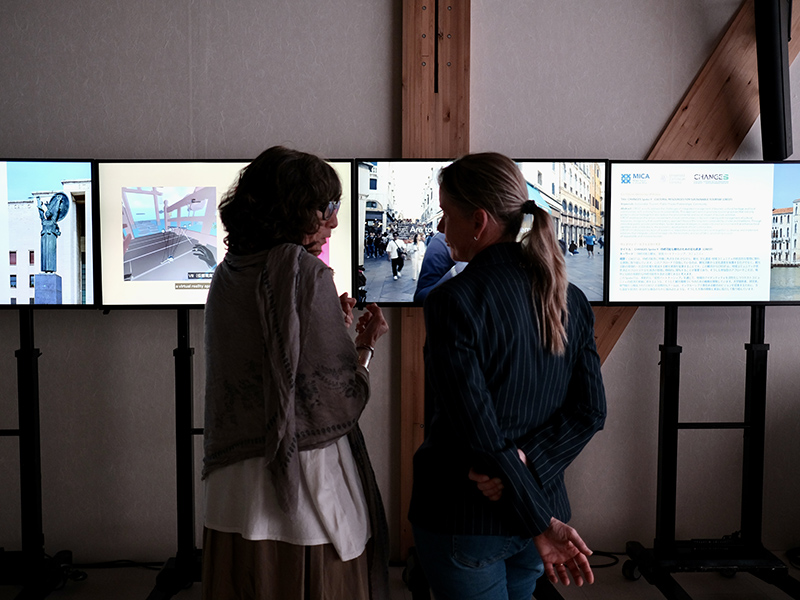
CREST aims to address the challenges of integrated management of tourism, cultural heritage and local communities, with a strong focus on sustainability. This approach aims to promote tourism practices that not only protect cultural heritage but also reduce the environmental and social impact of tourism activities. CREST emphasises the active involvement of local communities in decision-making and management of cultural resources, recognising that a participatory approach favours the long-term sustainability of sites and traditions.
Through innovative public-private partnerships, Spoke develops strategies to create a tourism environment that enhances local identities and contributes to the economic development of host communities. CREST's multidisciplinary team of academics, researchers and practitioners work together to develop and implement solutions that integrate cultural heritage into the economic and social fabric, promoting a vision of responsible and inclusive tourism.
iNEST Spoke 6 - Tourism, Culture and Creative Industries. Souvenir: an exploration of craft memory
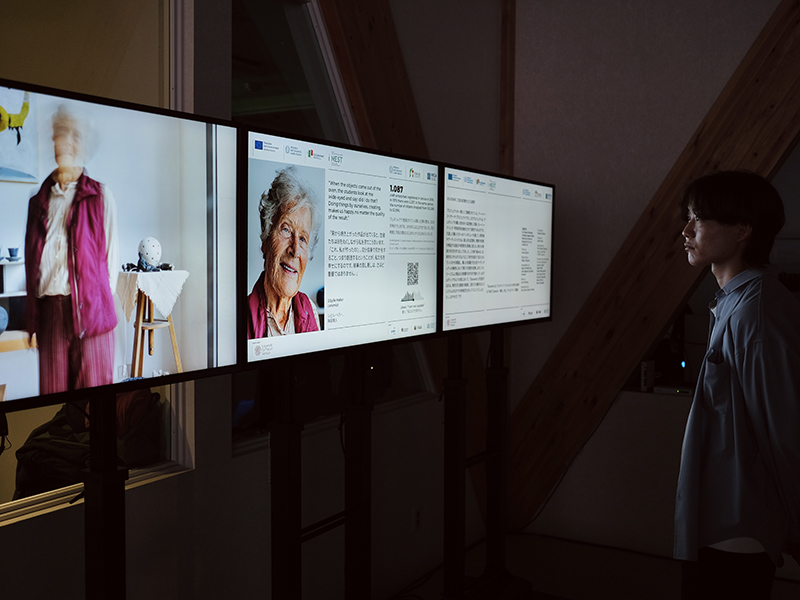
“Souvenir” is an art-based research project developed within iNEST Spoke 6 – Tourism, Culture and Creative Industries, led by Ca’ Foscari University of Venice. The project explores the memory of Venetian craftsmanship by combining photography, storytelling, and academic research. Through interviews with retired artisans, researchers and artists have created a new narrative form that turns personal memories into evocative monologues and visual representations. The project investigates how traditional craft skills are transmitted across generations and reflects on the role of artisanal knowledge in preserving cultural identity. In a city like Venice, increasingly impacted by mass tourism and commodification, “Souvenir” highlights the value of intangible heritage and the resilience of local culture within an evolving tourism ecosystem.
“RePAIR” - Reconstructing the Past: Artificial Intelligence and Robotics Meet Cultural Heritage

State-of-the-art technology will, for the first time, be employed in the physical reconstruction of archaeological artefacts, which are mostly fragmentary and difficult to reassemble.
The main goal of the RePAIR project is to develop innovative technology to virtually eliminate one of the most laborious and frustrating steps in archaeological research, namely the physical reconstruction of shattered works of art. In fact, countless vases, amphorae, frescoes and other ancient artifacts, around the world, have not survived intact and have been extracted from excavation sites as large collections of fragments, many of which are damaged, worn out or entirely missing.
University of Naples L'Orientale
OrienTales: three centuries of travels and books
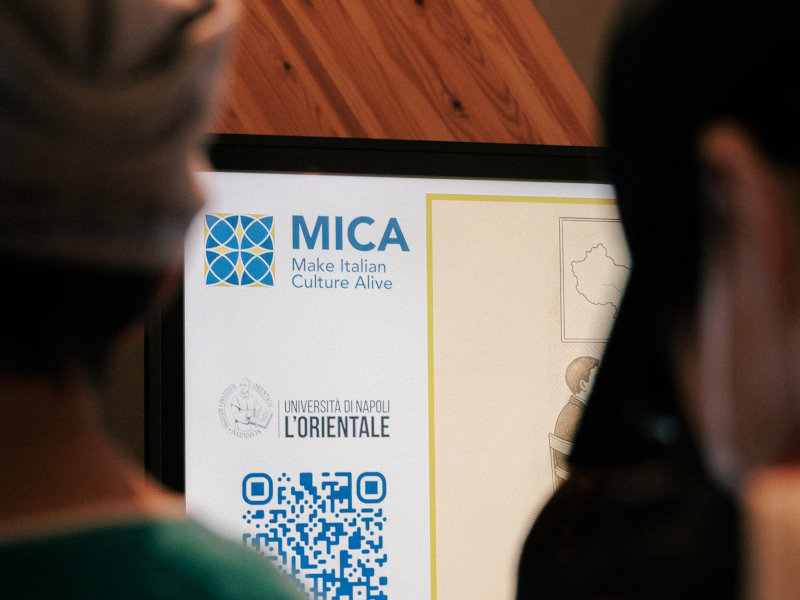
The video journey traces the origins of Japanese language teaching at the University of Naples L’Orientale, starting from the ties between Italy and Japan in the 19th century, as documented in the university’s rich archival heritage. Following the first contacts, formalized by the 1866 Treaty, the study of Japanese began in Florence and Venice, eventually reaching Naples in 1903 with the establishment of an official course. The presentation reconstructs the key stages of this history, its main figures, and the teaching materials produced. Among the rarest documents is a box of parchment sheets containing the first European attempt at a manual for Japanese cursive script, attributed to A. Fidora and dated between 1937 and 1941. The text will be presented for the first time in digital form on the occasion of EXPO Ōsaka.
University of Florence
Let's Play Renaissance Together
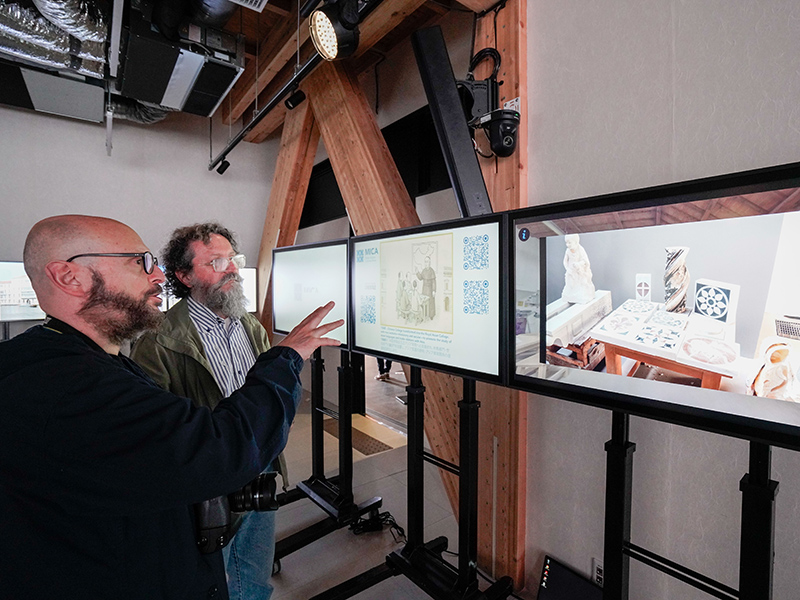
In cooperation with the Opera di Santa Maria del Fiore and the Museo Leonardiano di Vinci, the project Let's Play Renaissance Together / ルネッサンスで遊ぼう!, coordinated by Susanna Caccia Gherardini from the Department of Architecture (DIDA), aims to promote awareness of issues related to the conservation and restoration of cultural heritage, with particular focus on the Florentine tradition of restoration.
Using the example of the monumental complex of the Cathedral of Santa Maria del Fiore – which has undergone numerous conservation interventions over the centuries – the project seeks to illustrate the processes underlying the care and protection of historical monumental heritage, while offering a reflection on the cultural and technical continuity of restoration practices in the Florentine and broader Italian context.
Through interactive and immersive video experiences, as well as hands-on workshop activities featuring paper models of the dome of Florence Cathedral – developed with the involvement of the DIDALabs system of the Department of Architecture (including the Laboratory for Architecture, Restoration and Conservation - LARC, the Laboratory for Architecture and Self-construction - LAA, the eXtended Reality Laboratory - LXR, and the Architecture Video Laboratory - LViDA) – the project aims to make the complex dynamics and multidisciplinary approaches to cultural heritage conservation accessible and understandable to all.

University of Milan
CHANGES Spoke 2 - Creativity and Intangible Cultural Heritage
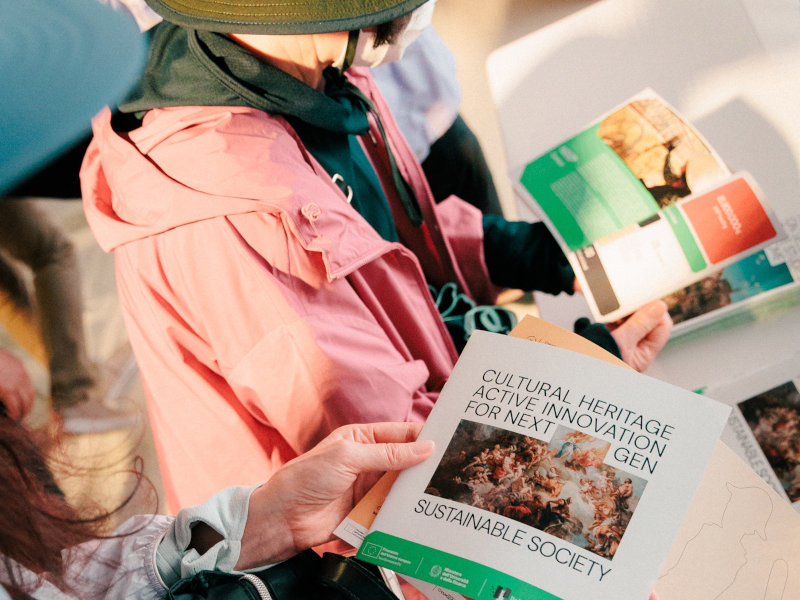
The Creativity and Intangible Cultural Heritage project, coordinated by Spoke 2 (University of Milan), serves as a hub for the promotion of contemporary creativity and the enhancement of intangible cultural expressions. In a historical moment marked by profound cultural and technological transformations, Spoke 2 aims to bridge tradition and innovation, rediscovering the value of knowledge, languages, and artistic practices through a new, sustainable, and inclusive design perspective. The project has a dual objective: on one hand, to develop innovative solutions capable of generating new entrepreneurship in the fields of performing arts, music, audiovisual media, design, fashion, and craftsmanship; on the other, to preserve and promote linguistic and cultural heritage, fostering diversity and multilingualism as strategic resources for a more open and resilient society. A distinctive feature of Spoke 2 is its commitment to integrating sustainable practices into research, production, and management of cultural activities: sustainability is not just a goal, but a method. This entails rethinking the skills of creative professionals, production logics, and organizational models, encouraging ecological and economic transition processes that can have a tangible impact on local areas and creative communities.
Sapienza University of Rome
CHANGES Spoke 8 - Sustainability and Resilience Of Tangible Cultural Heritage
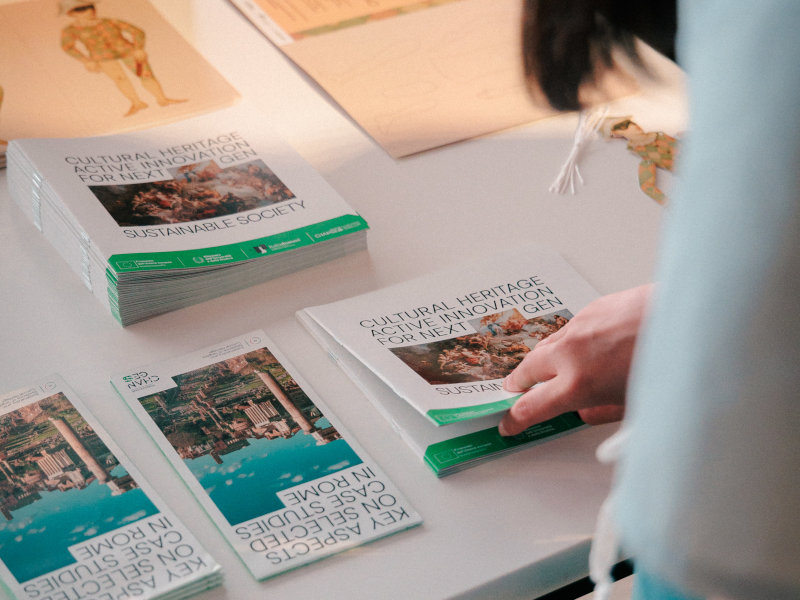
What we call cultural heritage is an endless series of fragments that do not allow us to know either the original object of which they are the only document, its history, or its cultural value and significance. Even the grandiose buildings that surrounded the Roman Forum and the centre of ancient Rome can be narrated and communicated only by reconfiguring their appearance. The project focuses on the integration of advanced technologies and scientific approaches to improve the sustainability and resilience of Tangible Cultural Heritage. Its main objective is to develop infrastructure. Spoke addresses in depth the impact of anthropogenic, natural and climatic factors on TCH by promoting integrated conservation strategies that consider the interconnection between cultural, social and economic aspects. It also focuses on promoting participatory governance models that actively involve both public and private entities, as well as local communities, to ensure sustainable and inclusive management of cultural heritage.
